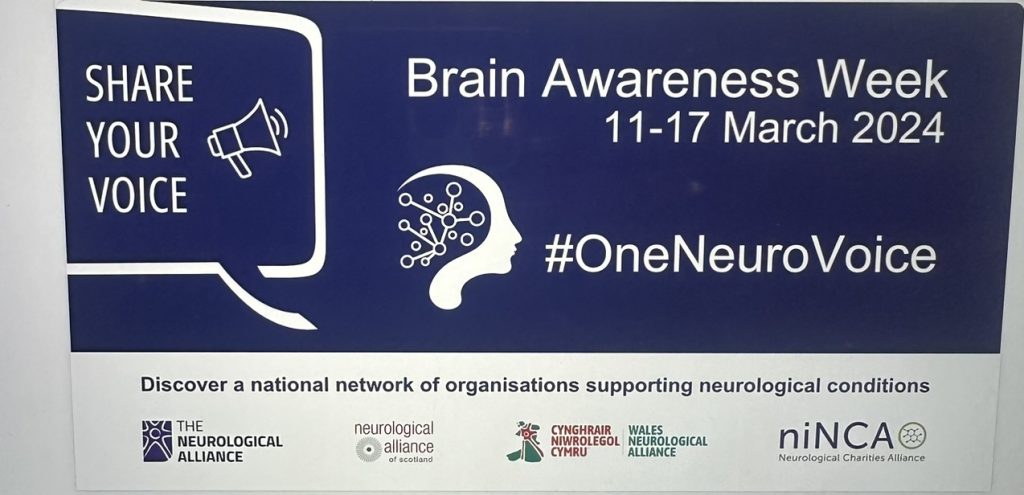Understanding Trigeminal Neuralgia: Brain Awareness Week’s Key Focus
As Brain Awareness Week unfolds, we spotlight a significant condition: Trigeminal Neuralgia (TN). This disorder underlines the complexity of our brain’s neural networks. TN goes beyond being a mere medical condition. It serves as a vivid reminder of our nervous system’s delicate equilibrium and the paramount importance of brain health.
Exploring the Brain and Trigeminal Neuralgia
The human brain is nothing short of remarkable. It governs both our basic survival instincts and our most intricate thoughts and emotions. Central to our interaction with the surrounding environment is our nervous system. This system is a sophisticated network of nerves, responsible for transmitting signals between the brain and various body parts.
One crucial nerve affected by TN is the trigeminal nerve. It splits into three branches: the ophthalmic (V1), maxillary (V2), and mandibular (V3). These branches are pivotal in conveying facial sensations to the brain. TN triggers severe, stabbing pains in the face, elicited by simple daily activities like eating, speaking, or feeling a gentle breeze. Many describe this pain as the most intense known to medical science.
Neurologists’ Vital Role
Neurologists stand at the forefront of TN treatment. They specialize in nervous system disorders. Diagnosing TN presents a challenge. Its symptoms are variable and can mimic other conditions. Neurologists use patient histories, thorough examinations, and MRI tests to pinpoint TN. They also distinguish it from other facial pain sources.
Treatment strategies often include medications such as anticonvulsants. These drugs aim to reduce nerve firing. For those unresponsive to medication, surgery might be an option. Neurologists play a key role in developing and overseeing these treatment plans. Their goal is to enhance the quality of life for their patients as much as possible.
A Glimpse into Our Nervous System’s Complexity
Our nervous system’s intricacy is astounding. Metaphorically, if we

lay the brain’s nerves end to end, they could stretch around 100,000 miles. This figure highlights the network’s vastness. In truth, our brain houses approximately 86 billion neurons. Each neuron can form thousands of connections with others. This extensive network is what neurologists and researchers navigate. Their aim? To comprehend conditions like TN and to advance patient care.
Joining Forces This Brain Awareness Week
This Brain Awareness Week, let’s acknowledge neurologists and the medical community’s critical roles. They tirelessly work to expand our understanding of TN. Highlighting TN not only raises awareness but also galvanizes support for those affected. Furthermore, it encourages the pursuit of innovative treatments.
This week reminds us of neurological health’s significance. It underscores the continuous need for research and innovation in this domain. Together, let’s support individuals grappling with TN and the dedicated professionals aiding their fight.





